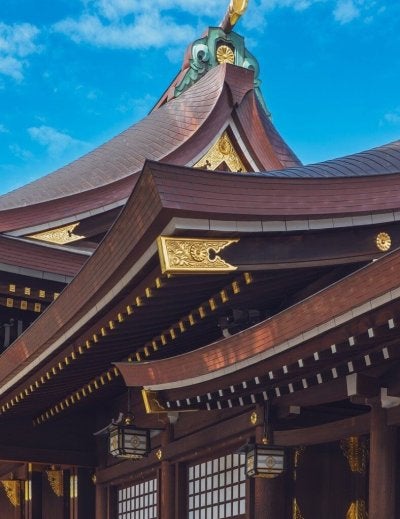
Gion Odori: The Grace of Kyoto’s Geiko and Maiko
The Gion Odori presents Kyoto’s performing arts with clarity and focus. It is staged by the Gion Higashi hanamachi and runs from 1 to 10 November 2025 at the Gion Kaikan Theatre. The event began in the early post-war years and has settled into a format that balances continuity with new choreography each season.
The audience meets a compact stage framed by simple sets. Live musicians sit to one side with shamisen, drums and flute, and the company of geiko and maiko moves through a sequence of dances that follow seasonal themes and stories. Costumes are a study in material and colour. Silk layers fall precisely, hair ornaments catch light and hand-held fans extend lines of movement. Where larger spring revues emphasise scale, the Gion Odori rewards attention to detail, which suits the smaller theatre and the reflective tone of November.
Short interludes often include comic sketches that use timing and everyday scenes rather than broad humour. They reset the mood for the next dance and give a rounded view of training that covers both serious and light material. The overall duration is around an hour, which makes the programme accessible even for first-time viewers. Tickets are generally available on the day, though weekend seats benefit from advance purchase.
The theatre’s location helps planning. Yasaka Shrine sits a few minutes away, and the stone-flagged lanes of Ninen-zaka and Sannen-zaka climb toward Kiyomizu-dera. In November, many temples run night openings, so a late afternoon performance followed by an illuminated garden is a strong pairing. Before the show, teahouses and small restaurants in Gion serve simple set meals that respect the season with matsutake rice, simmered vegetables and clear broths.
Context matters. Early November is also the window for the Meiji Shrine Autumn Festival in Tokyo and the Arashiyama Momiji Festival on the Oi River. Taken together, these events show how the country treats art and nature as parallel ways to read the year. The Gion Odori sits at the art end of that line. It asks only that you sit, watch and listen. The return is a set of images and sounds that fix Kyoto in memory without strain.



